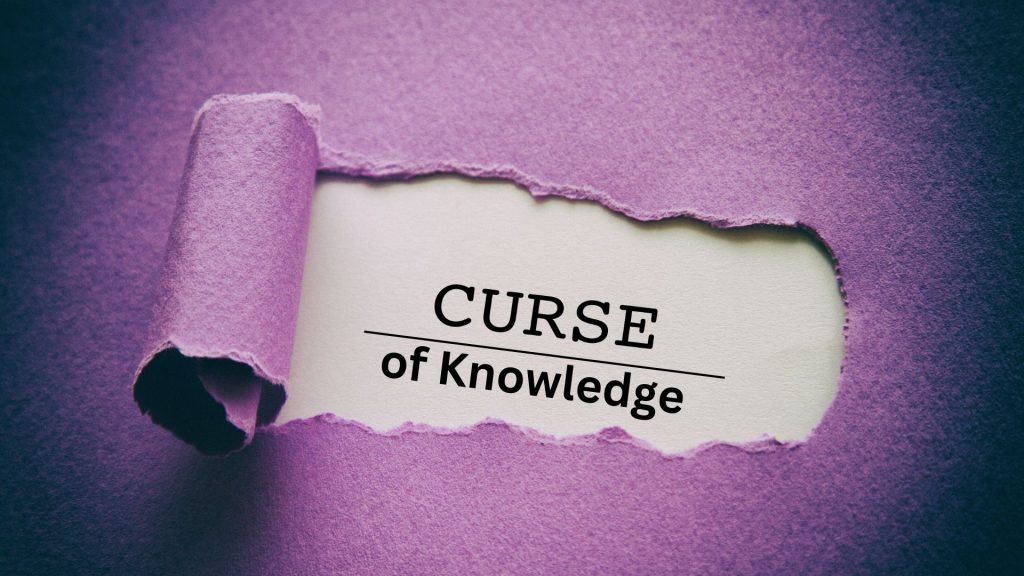In the fast-paced world of supply chain management, effective communication is the backbone of success. However, a common cognitive bias known as the curse of knowledge often hinders this process. The curse of knowledge refers to the difficulty experts face in imagining what it’s like to lack their expertise, leading to miscommunication and inefficiencies. This blog post explores how supply chain professionals can recognize and overcome this bias to improve collaboration, innovation, and operational efficiency.

What is the Curse of Knowledge?
The curse of knowledge occurs when individuals with deep expertise assume that others share their level of understanding. This bias can manifest in the use of jargon, skipping foundational explanations, or overestimating the clarity of their messages. For example, a supply chain manager might discuss “just-in-time inventory” without explaining its implications, leaving team members confused.
A classic example comes from Elizabeth Newton’s 1990 experiment, where “tappers” (experts) overestimated how easily “listeners” (novices) could understand their messages. This experiment highlights the communication gap that often exists between experts and non-experts.
The Impact of the Curse of Knowledge in Supply Chains
In supply chain management, the curse of knowledge can create significant barriers:
- Cross-Functional Collaboration: Miscommunication between departments (e.g., procurement, marketing and sales) can lead to delays and errors.
- Training and Onboarding: New employees may struggle to grasp complex processes if explanations are overly technical.
- Customer Communication: Marketing materials or product descriptions filled with industry jargon can alienate customers.
- Hindering Innovation: When teams fail to communicate effectively, creative solutions may be overlooked.
Strategies to Overcome the Curse of Knowledge
Here are actionable strategies for supply chain professionals to improve communication:
- Simplify Language
Avoid jargon and use clear, straightforward language. For example, instead of saying “optimize the supply chain network,” explain how reducing transportation costs can improve efficiency. - Use Visual Aids
Diagrams, flowcharts, and infographics can help convey complex processes like inventory management or demand forecasting. - Seek Feedback
Regularly ask team members if they understand the information being shared. Encourage questions to identify gaps in communication. - Empathy and Perspective-Taking
Remind yourself of your audience’s knowledge level. For instance, when training new hires, start with the basics before diving into advanced concepts. - Leverage Storytelling
Use real-world examples or case studies to illustrate abstract concepts. For example, share a story about how a supply chain disruption was resolved to teach problem-solving skills.
Conclusion
The curse of knowledge is a pervasive challenge in supply chain management, but it can be overcome with awareness and intentional communication strategies. By simplifying language, using visual aids, and fostering empathy, supply chain professionals can bridge the gap between experts and novices, driving innovation and efficiency. As the industry continues to evolve, mastering these skills will be essential for staying competitive.
Let’s break the curse and build a more connected, collaborative supply chain!

Recommended Books and Studies
- Made to Stick: Why Some Ideas Survive and Others Die
- Persuading with Data: A Guide to Designing, Delivering, and Defending Your Data
- From Source to Sold: Stories of Leadership in Supply Chain
References:
- Harvard Business Review: The Curse of Knowledge
- MPL Innovation: The Curse of Knowledge
- MIT Sloan: Why Experts Struggle to Explain Their Work
- AJE: Overcoming the Curse of Knowledge

Good shout.